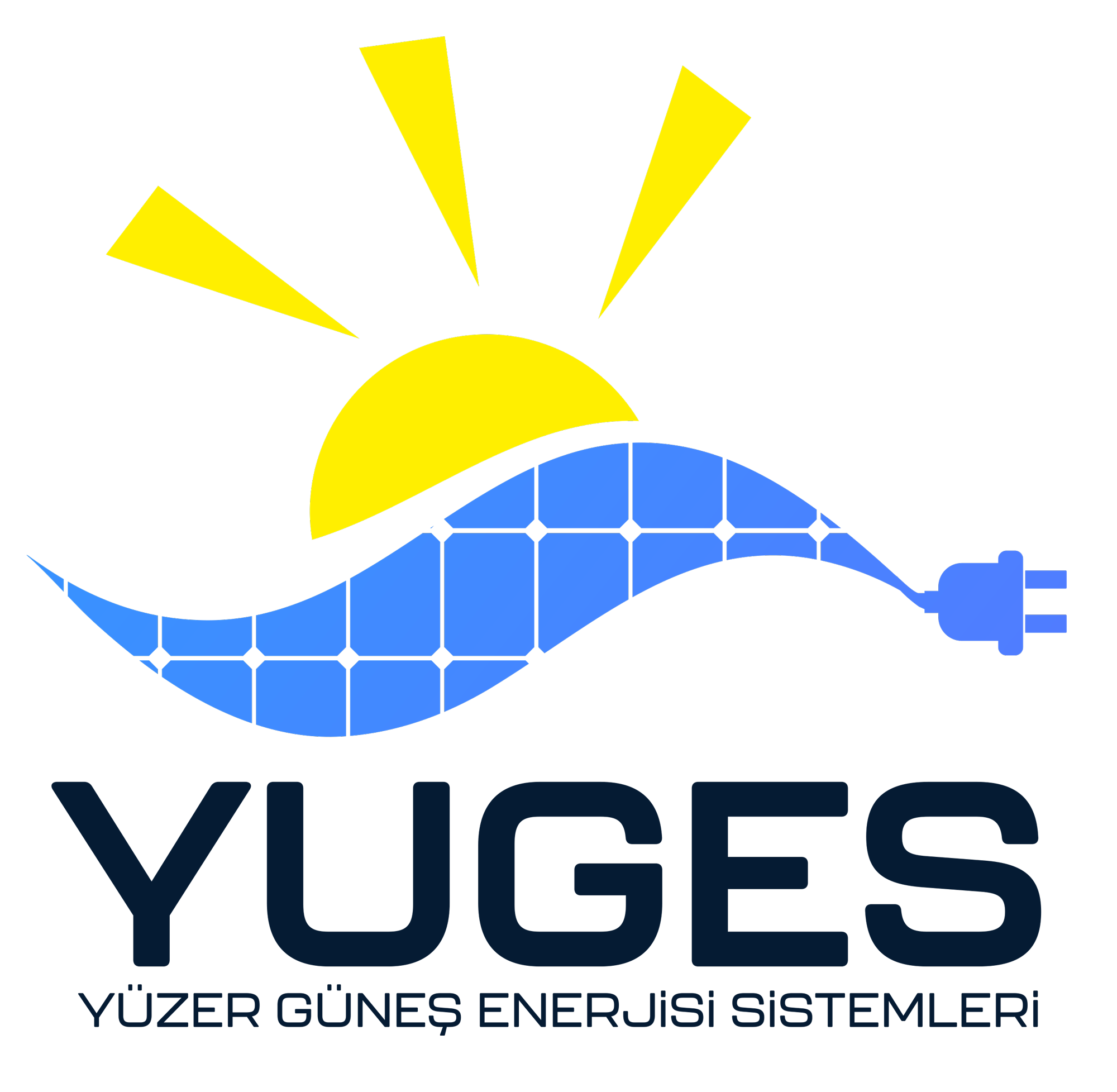The Ocean Sun Floating SPP system is anticipated to have a net positive influence on the environment, and the project will be controlled so that this effect won’t be particularly noticeable. For compliance with European and international standards, potential effects have been assessed.

Environmental Evaluation
Water quality and biodiversity are important to Ocean Sun. On the whole, the environment is anticipated to benefit from Ocean Sun’s floating SPP.
Initial research on a floating solar power plant did not indicate any negative effects on the environment, according to BayWa r.e., a German renewable energy firm in Zwolle, The Netherlands. Research on the effects of the floating photovoltaic (PV) environment is being carried out by BayWa r.e. in conjunction with its Dutch subsidiary Groenleven, Hanze Applied Sciences Groningen University, and Buro Bakker/ATKB.
In February 2020, work on the “Bomhofsplas” plant’s construction started. Environmental research has shown that there isn’t much of a negative impact on the lake’s vegetation or fauna.
Water Quality
According to the literatüre, floating SPP systems are beneficial for water conservation because they reduce evaporation by blocking the sunlight that enters the reservoir from the panels. Floating SPP will lessen the lake’s water evaporation and limit algae growth.
The oxygen content under floating PV panels has only slightly decreased over the past year, according to Hanze Applied Sciences University’s monitoring of the water quality.
The monitoring fluctuations in the weather were primarily to blame for the measurements. The water quality beneath the floating PV farm is still as good as the surrounding ocean surface, according to the researchers.
Ecology and Biodiversity
Ocean Sun’s patented technology makes optimal use of water, offering a collecting effect for PV modules. Additionally, having floating solar panels reduces algae blooms in freshwater bodies.
In their investigation into the effects of floating SPP panels on water, ecology, and biodiversity, Buro Bakker/ATKB found that the panels reduced wind activity on the water’s surface, which in turn reduced erosion along the coasts, protecting and reviving vegetation.
Additionally, there is continuing research into the impacts on the lake’s fish population. After this initial year of research, no negative impacts were noticed.
Positive Effects
Finally, there are positive environmental impacts encountered in all phases of the solar project.
Such as the following;
No Emissions and Noiseless
The first benefit is the production of power without the creation of CO2 emissions or noise during operation. Solar panels on the water create clean electricity. Reducing reliance on fossil fuel-generated electricity is made possible through the use of renewable energy.
Emissions of greenhouse gases are thereby decreased. As a benefit of the SPP installation in comparison to any other energy sources, carbon dioxide and other harmful gas emission savings should be taken into consideration (Turney and Fthenakis 2011). The literature reports a range of CO2 savings through USSE of 0.53 kg CO2/kWh (De Marco et al. 2014) to 0.6-1.0 kg/kWh (Tsoutsos et al. 2005).
Improved Solar Performance
Solar panels can operate effectively in hot conditions, but with time, their efficiency can deteriorate. Their effectiveness declines as the temperature rises. When Ocean Sun PV modules are put in bodies of water, the cooling impact of the water increases efficiency.
Due to the cooling impact of the water contact in the lake on the panels, Ocean Sun Floating SPP is anticipated to produce 9–12% more electricity than other conventional Floating PV systems.
Efficient use of space
The numerous ground-mounted solar panels result in the loss of significant land area. However, with floating photovoltaics, a land area is not damaged. Waterbodies where floating SPP installations can be positioned include reservoirs for potable water, hydropower dams, and wastewater treatment plants.
As a result, land that was needed for solar panel installation can now be used for agricultural. The placement of solar panels on rivers has also eliminated the need for deforestation.
Employment
The employment generated during construction may be another positive impact of the project. However, the number of employees will be determined based on the project capacity, and it is difficult to estimate the exact number at this stage.
There is a demand for both qualified and unqualified personnel during the construction and commissioning phases. Full-time staff positions vary between 12 and 30 people, depending on the project’s capacity. Unskilled workers are also required to complete construction within a short period of employment; the median number increases with the power capacity of the project and ranges from 50 to 450 people (Ghosh et al. 2014).
Additionally, new employees are made throughout operation and decommissioning; at classic SES facilities, O&M hires new personnel for both long- and short-term employment at rates ranging from 3 to 12
permanent skilled workers per year to 7 to 30 unskilled workers per year. According to a European survey, 47% of solar PV jobs were produced during operations and maintenance and decommissioning (EY, Solar Power Europe 2017).
However, a 50% decrease in employment rate is anticipated for the floating SPP during O&M because there is less maintenance required for the panels and less chance of the system overheating.
Decommissioning will follow the same rate as the installation phase, which is 1 kWp/hr/worker. Data on the number of employees at the decommissioning phase is still needed. Also, job creation estimates will vary by country and solar industry.
Environmental assessment of floating SPP components
The usage of all significant components in a marine environment has been approved. By demonstrating that it has no negative environmental effects on drinking water, the member is certified. There is no environmental impact from this.
The most recent scientific tests and research have also supported a potential effect, such as the long-term impact of heavy metals leaching from solar panels. The leaching of heavy metals from some components was found to be limited, according to a recent study in the Netherlands that examined 200 compounds. There were no signs of organic micropollutants leaching.
Concentrations are several times lower than the local and ınternational regulations for drinking water produced. They are therefore unlikely to result in a rise in the levels of detectable heavy metals in finished drinking water.
The waste management plan will be established by the operator based on the latest local regulations and ultimately with the support of Ocean Sun and PPM based on industry best practice.
Source
- “Potential impact of floating solar panels on water quality in reservoirs”. Water Practice and Technology (2020) 15(3): 807–811. https://doi.org/10.2166/wpt.2020.062
- “Erste Erkenntnisse zu Umweltauswirkungen von Floating-PV” Baywa e. 17.5.2021
- “Is floating photovoltaic better than conventional photovoltaic? Assessing environmental impacts”, Gardenio DiogoPimentel Da Silva & David Alves Castelo Branco, 2018


